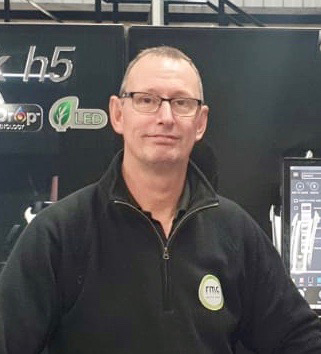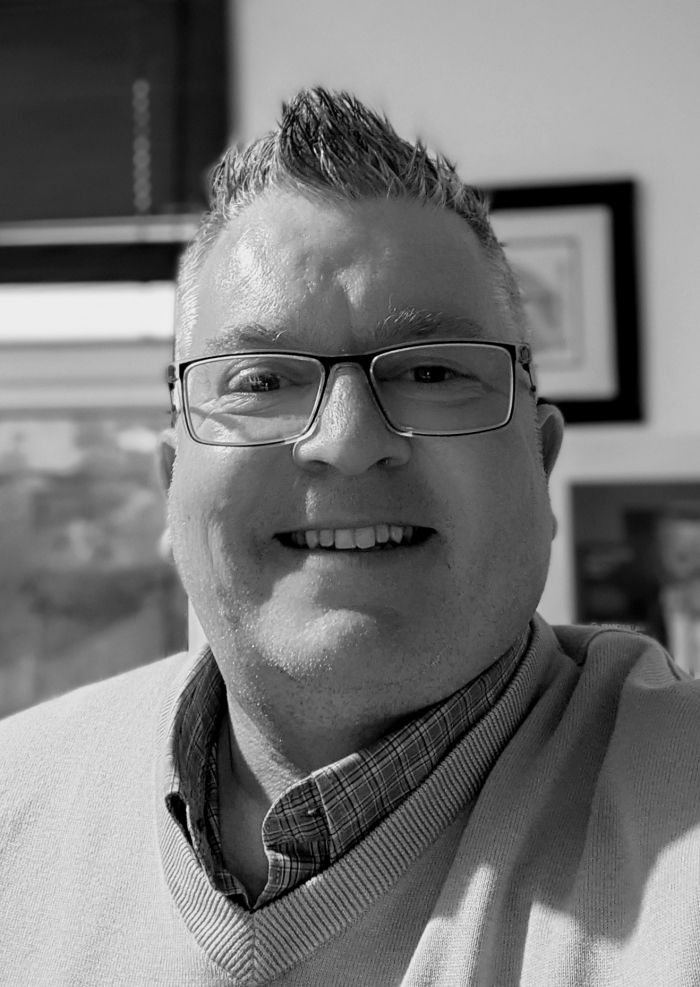In these shape-shifting days you need technology to help you adapt. So what exactly is it that you’re asking for?
Hands up if you want more versatile, cost effective, reliable print solutions. OK then - now, what else do you want? We asked four PSPs for their take on how technology needs to move forward to meet their requirements in an evolving marketplace.
Richard Courtney, Gardners

“2020 was the year many businesses had to rely heavily on technology to speed up processes and reduce face-to-face contact. Some in the manufacturing sector have turned to automation for the solution. I think by now we’ve all heard the term ‘Industry 4.0’ - it isn’t really new - but, at Gardners, the pandemic gave us the opportunity to think about it.
“From the moment an initial enquiry is made to the final invoicing stage, we’re looking to streamline the process for our customers. This is something we’ve talked about for a while but now is the time to make this a reality. It will mean digitising systems from office operations to the printing and finishing machinery, as well as the packaging aspect. We’ve already started and have recruited consultants and software companies to support us on our journey towards automation. We see this as a real focus over the next few years for our team.
“I think most PSPs will acknowledge that the industry as a whole hasn’t yet seen automation become the norm, but we’re working on it. There’s space for innovation as we move away from analogue processes thanks to the Covid effect, which has increased the speed of change. But one thing I think we need to all remember is that technological advances, including automation, must work hand-in-hand with the expertise within our labour-intensive industry if we’re to really reach our goals.”
Ray Linford, RMC Digital Print

“When it comes to setting a baseline for company growth, operating costs need to be kept to a minimum, that goes without saying, and I have a wishlist for technical developments.
“I think print quality has reached its peak, and speed is now king - which means more printheads, which means more costs and ever-increasing service support requirements that need to be addressed by the manufacturer. It also means they need to adopt a more individual customer-based approach to systems to suit individual in-house needs.
“When it comes to new printers, my focus is on ease of use for semi-skilled operators, robust build, reliable and durable printheads, advanced print options (extra laying etc.), an easy maintenance schedule for semi-skilled operators, and low power usage when in sleep mode. Bundled Rip software (like Fiery or Caldera), needs to have a clean interface and colour editing options.
“My expectations of a printer manufacturer are for total service support at a realistic price, with fast on-site diagnostics and speedy repairs. I want a support desk available before 9am and beyond 5pm.
“I want software bug fixes or upgrades to be rolled out at regular intervals, and documented updates outlining what is in the pipeline for future printer upgrades and software upgrades so in-house technical support can plan ahead for the downtime in production.
“If a manufacturer fails in any of the above it becomes a talking point that then taints the relationship and is reflected in future purchases.”
Anthony Rowell, Tradeprint

“Tradeprint.co.uk was the first ‘upload and print’ business in the UK and we’ve always leveraged technology to drive efficiencies and to bring about mass customisation.
“Large-format is now an established part of our mix and we are having more and more requests for ‘environmentally credible’ solutions to customers’ problems. We are on a steep learning curve and I’d like to know how the machine manufacturers are using technology to deliver more sustainable kit - low energy, low emissions and reduced footprints - as well as how technology is helping them open up large-format to more sustainable substrate options.
“I would also like to know how the equipment manufacturers are leveraging technology to improve efficiency via automation of prepress workflows, nesting, cutting table efficiencies and overall improvements in press utilisation. How is software driving this and what’s the next ‘Big’ thing?”
Nathan Swinson-Bullough, ImageCo

In my opinion we have seen great advances in technology over the last few years - some of the print kit on the market is really up there in terms of speed and quality, and Rip software is enabling us faster file processing and nesting capabilities. This will continue to improve year on year and automation will play a bigger part in the not so distant future also.
“At ImageCo though, we are now really focused on the environmental impact of our operations, and this will form a large part of future decision making when it comes to buying large-format printers and print media. I think the most frequent question I was asked in 2020 was, ‘can the media be recycled with ink on it?’.
“Although we have seen advances here, we’re still nowhere near where we need to be in terms of ink technology as we see a shift towards a more sustainable industry in 2021. This is where would like to see the biggest change, and I believe we will see this develop over the coming years.”

